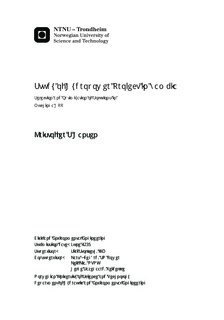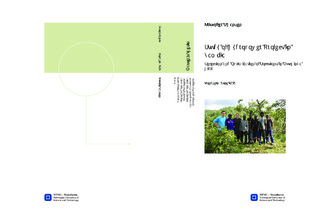| dc.description.abstract | The supply of electricity in Zambia is mainly based on the production of hydropower. Currently only 1780 MW out of 6000 MW of the hydropower potential is being utilized. Zambia has in recent years experienced economical growth, and the demand for power is increasing. However, it is expected that there will be a shortage of power supply until 2017. Lunsemfwa Hydro Power Company ltd. (LHPC) is currently making a feasibility study of the Muchinga Hydro Power Project. Several consultant engineers have been working on the project, which constitutes parts of the background material for this master thesis. This report examines the optimal solution of the dam, waterways and powerhouse. A simulation of the future production in the Muchinga HPP is also conducted.The background materials have been thoroughly assessed and the proposed solutions have been adapted to optimize the overall result of this report. The approach to best assess the overall solution has been based on literature reviews, experience based conversations, a field trip to Zambia and an asphaltic core test project.This report highlights the Asphaltic Core Embankment Dam (ACED), with a central core as the best solution for the dam type. Structures built in Zambia should be sought to be made maintenance free and an ACED with central core matches this requirement better than a RCC dam. The ACED is in addition 16,5 M USD cheaper than the proposed RCC dam, costing 38,4 M USD in total.The optimal waterway solution has been identified to consist of an underground powerhouse, head- and tailrace tunnel (8200 m and 1540 m respectively) and a 455 m vertical unlined pressure shaft. An optimization with respect to minimizing the head loss, highlights the cross sectional areas to be 40 m$^2$ and 18 m$^2$ for the head- and tailrace tunnel and pressure shaft respectively. The total cost of the waterway and powerhouse is estimated to be 46,7 M USD.The total head loss is calculated to be 9,4 m. This implies that the net head for hydropower production is 480,6 m. As a consequence the total installed capacity is estimated to be 228 MW, resulting in an annual power production of 1395 GWh. | nb_NO |

